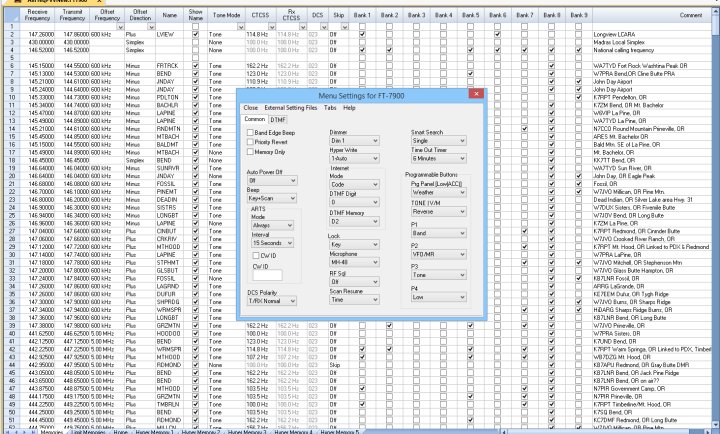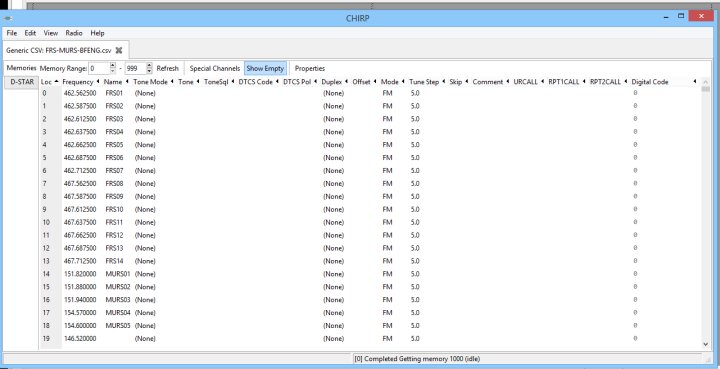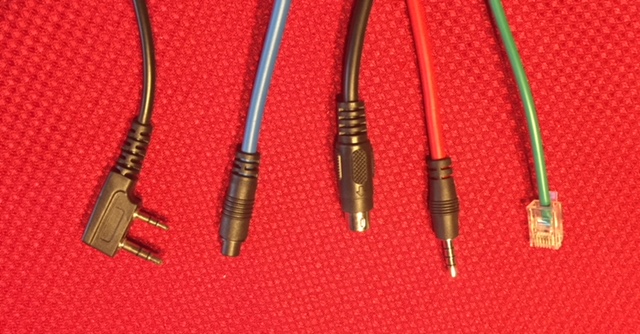
The following information relates to VHF(2m) and UHF(70cm) radios. Ham radios can be programmed without the use of software, but it is much more difficult. Using software makes the job very much easier. If you only use a very few frequencies/repeaters you can get by without software. However, if you program many frequencies/repeaters your life will be much better if you use software. There are two main sources for radio programming software, RT Systems and Chirp. I have used both, I use Chirp for my cheap Baofeng HTs and RT Systems for my Yaesu radios.
There are other less well know radio software sources. Other software may be available for your radio. You can search Google using your radio model, brand and "programming software" to find the other programs.
Programming Ham radios involves several steps once you have the software.
Repeater Search Page (nice)
Worldwide Repeater Directory Smartphone APP
I like to program all my radios with the same set of data. You can copy the same data file to different radios using the file "export/import" function. I save the file I want to copy to other radios in the .csv format. This .csv file can then be opened in the program used for the radio I'm copying to.
Left to right: Baofeng HT, Yaesu VX-8, Yaesu FT-7900, Yaesu FT-60 and Yaesu FT-2900.

Many radios allow you to set up memory "banks". Essentially memory banks allow you to have many different configuratons in a single radio. The power of the memory bank feature is that you can select a bank and the radio then operates on only the memory channels included in that bank. I cannot imagine using a raadio that does not allow banks. For example I have seperate banks for local ham frequencies, frequences for highways I regularly travel, banks for monitoring public service frequencies and more. Currently I have 10 different banks in my Yaesu FT-7900, this is half of the 20 memory banks that can be programmed into the FT-7900. A Yaesu FT-60, a very popular HT, can hold 10 memory banks. Without banks you would have to scann all the frequencies that you have in your radio's memory. Using banks you can subdivide your frequencies into usable chunks.
One of the neat things about memory banks is that any frequency/repeater(AKA Channel) can be placed in multiple banks. For example, I include 146.52(VHF National Calling Frequency)in all my ham frequency banks.
Ham radios will allow you to have 100s or even 1000s of channels in memory. Somewhere in the process of accumulating repeaters and frequencies you will be confronted with the dilemma of how to organize your list. The three main options are by frequency, by name or by locaion. Or possibly you may come up with your own way to organize things. The good news is that programming software will allow you to sort your lists almost any way you want. If your radio allows you to use banks then you must decide how to organize those banks.
I list my repeaters by location and then sort within a location by frequency. Here are a few examples how I organize things. One bank is just the local repeaters and simplex frequencies we use. Another bank is the previous, but with local law enforcement and fire included. Another bank is repeaters along a route that I regularly travel(Madras to Portland over the Cascades via Highway 26). Another is an alternate route from Madras to Portland, via the Columbia River Gorge(We use this when the mountains are impassable due to snow.). If I go wandering in eastern Oregon I have another bank that includes most of the repeaters in eastern Oregon.
I have two Yaesu FT-7900 radios, one is my base station and the other in mounted in my truck. Both radios are programmed exactly the same. This reduces confusion on my part. This also means that the commands to control the radios are the same and I have a "cheat sheet" with commonly used commands near by at all times. I also keep a 3 X % card with a list of what the banks contain. My HTs are also programmed with the same data as my FT-7900s. This also reduces confusion.
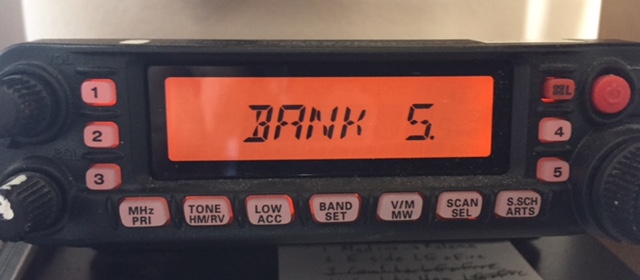 |
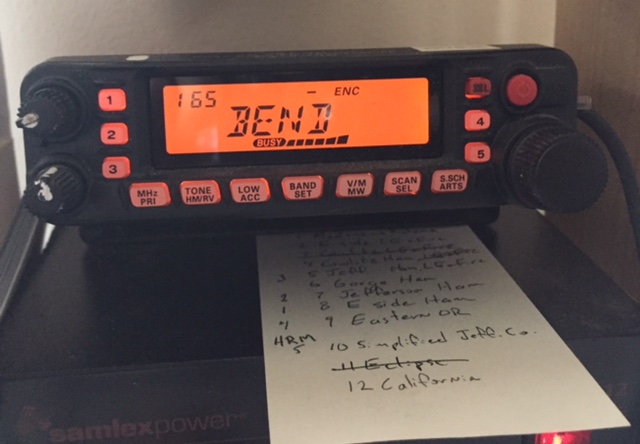 |
Chirp |
RT Systems |
|
From the Chirp web site: "CHIRP is a free, open-source tool for programming your amateur radio. It supports a large number of manufacturers and models, as well as provides a way to interface with multiple data sources and formats." In order to us Chirp you will need to purchase a programming cable for each type of radio you wish to program. There have been issues with some cheap programming cables reported. Do some checking to make sure you're getting a good cable before you purchase. Chirp is available for Windows, MacOS and Linux. Chirp is being constantly updated. Chirp users are asked to downloadthe latest version regularly. Download Here: https://chirp.danplanet.com/projects/chirp/wiki/Home Help Links
|
From the RT Systems web site: "At RT Systems, we offer the most up-to-date software for amateur radios. We have everything you need to download ham radio software for all top radio manufacturers, as well as the best cables, including USB programming cables for all types of radios. We have been providing the most reliable software for amateur radios for over 20 years and have the expertise to help you find exactly what you need. You can purchase and download our software directly to your computer with no waiting and start using the software to program your devices immediately after updates are complete. " RT provides commercial software. You need to purchase software for each type of radio you wish to program. The current (Dec. 2017) price is $49 for the program and a high quality cable. This software is only available for Windows. Help Links |
(All RT software for different radios looks the same.)
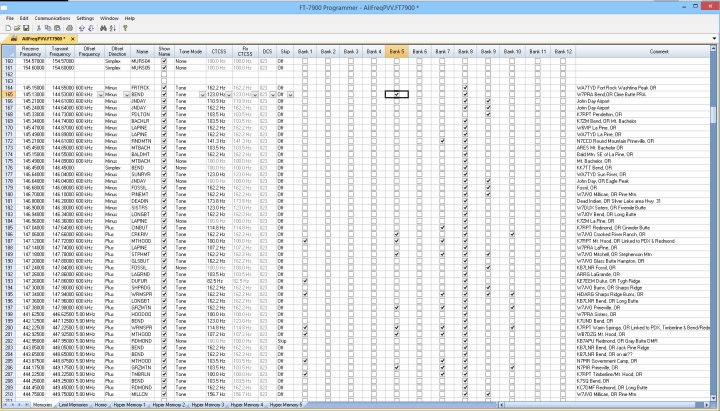
It is possible using RT software to enter many of the radio settings, thus not having to lookup/remember the complex number of menu options.
